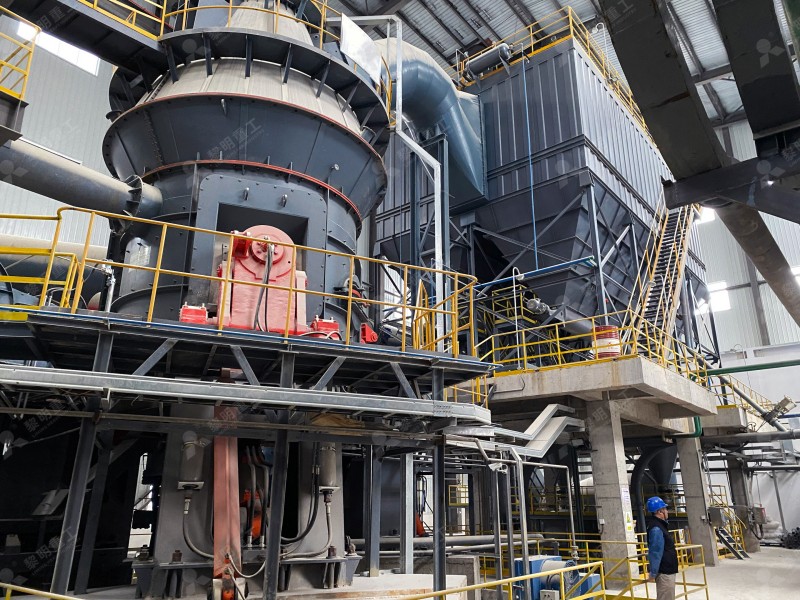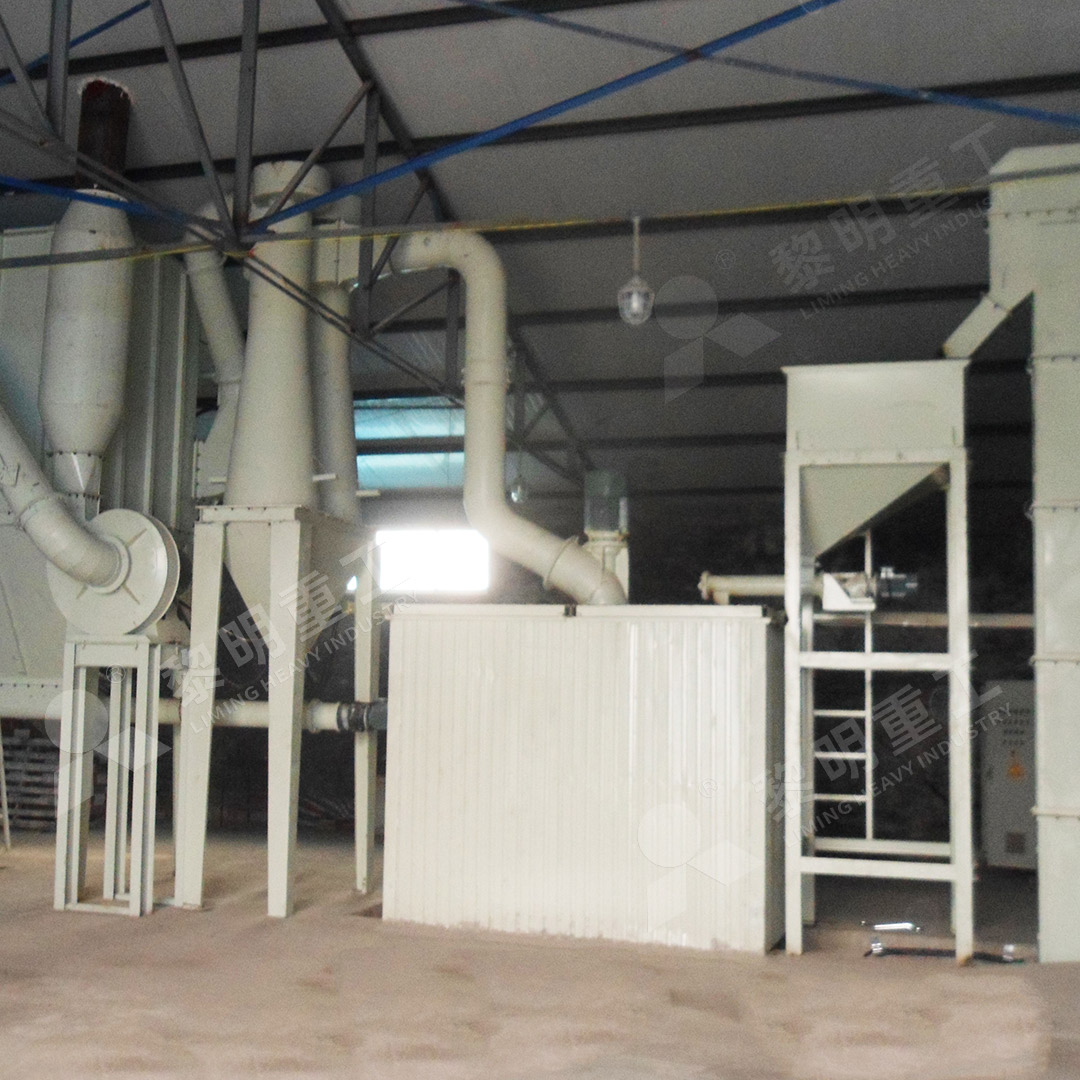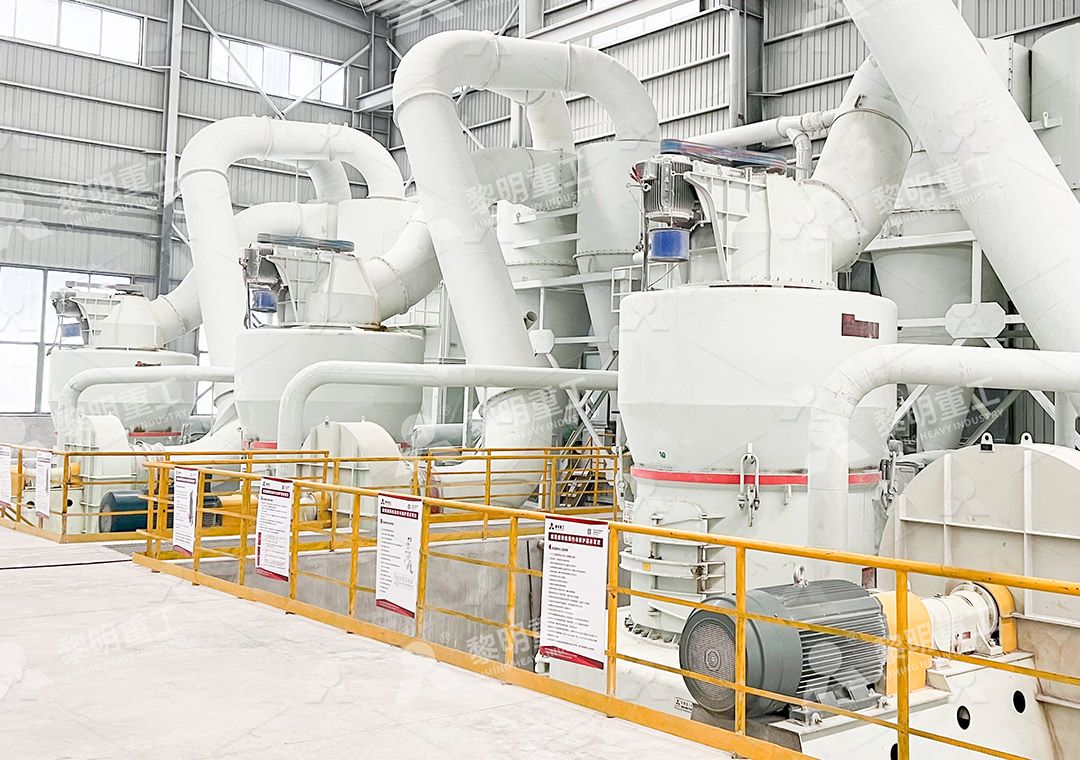CAD Design for Cement Vertical Roller Mill Grinding Plant Layout
CAD Design for Cement Vertical Roller Mill Grinding Plant Layout
Designing an efficient cement grinding plant requires meticulous planning and advanced CAD technology to optimize space, workflow, and operational efficiency. The layout must integrate raw material handling, grinding, classification, and product storage while ensuring minimal energy consumption and environmental impact. Modern CAD software enables engineers to create precise 3D models that simulate real-world operations, identify potential bottlenecks, and validate equipment placement before construction begins.

Vertical Roller Mills (VRMs) have become the preferred solution for cement grinding due to their higher energy efficiency compared to traditional ball mills. A well-executed CAD design ensures the mill, separator, and auxiliary equipment are positioned to reduce material transport distances, simplify maintenance access, and enhance dust control. Key considerations include foundation requirements, material flow paths, and integration with existing plant infrastructure.
Critical Design Considerations
When creating a CAD layout for a cement VRM grinding plant, several factors demand attention. The mill foundation must withstand dynamic loads and vibrations while providing stable support for long-term operation. Material handling systems should be designed with minimal vertical lifts and horizontal transfers to reduce energy consumption. The separator and baghouse filter placement must optimize airflow while maintaining accessibility for maintenance.
Electrical and control systems integration is another crucial aspect. CAD models should include cable trays, control rooms, and motor control centers positioned for both safety and operational efficiency. Proper ventilation and dust extraction systems must be incorporated to maintain air quality and protect equipment from particulate accumulation.

For operations requiring ultra-fine powder production, our MW Ultrafine Grinding Mill presents an excellent solution. With an input size of 0-20 mm and capacity ranging from 0.5-25 tph, this machine is specifically engineered for customers needing superior fineness control. The integrated efficient pulse dust collector and muffler system ensures minimal environmental impact while maintaining high production standards. The MW series achieves remarkable energy efficiency, consuming only 30% of the energy required by jet grinding mills while delivering 40% higher capacity.
Advanced Features for Modern Grinding Plants
Contemporary grinding plant designs incorporate several technological advancements to maximize performance. The cage-type powder selector in the MW Ultrafine Grinding Mill, for instance, utilizes German technology to enhance separation precision, allowing fineness adjustment between 325-2500 meshes. This level of control is essential for meeting specific product requirements in today’s competitive market.
The absence of rolling bearings and screws in the grinding chamber represents another significant innovation, eliminating concerns about bearing damage or loose screw-related failures. External lubrication systems enable maintenance without production stoppages, supporting continuous 24-hour operation that is critical for cement production economics.

Another notable solution for specialized applications is our LUM Ultrafine Vertical Grinding Mill, which combines Taiwanese grinding roller technology with German powder separating technology. This mill offers exceptional flexibility with input sizes of 0-10 mm and capacities of 5-18 tph, making it ideal for operations requiring precise control over product characteristics.
Environmental and Operational Efficiency
Modern CAD designs prioritize environmental compliance through integrated dust collection systems and noise reduction measures. The MW Ultrafine Grinding Mill’s pulse dust collector ensures no dust pollution during operation, while silencers and noise elimination rooms maintain workplace safety standards. Digitalized processing with numerical control machining guarantees high precision in core components, contributing to consistent performance and reduced maintenance requirements.
Plant layouts must also consider future expansion possibilities and the integration of Industry 4.0 technologies. Smart sensors, predictive maintenance systems, and remote monitoring capabilities can be incorporated during the CAD design phase to create a truly modern grinding facility ready for the digital transformation of the cement industry.
Frequently Asked Questions
What are the primary advantages of vertical roller mills over ball mills in cement grinding?
VRMs offer significantly higher energy efficiency, typically reducing power consumption by 30-40% compared to ball mills. They also feature smaller footprint requirements, integrated drying capabilities, and better control over product fineness.
How does the MW Ultrafine Grinding Mill achieve its environmental benefits?
The mill incorporates an efficient pulse dust collector that captures particulates throughout the grinding process, along with mufflers and noise elimination technology that reduce acoustic emissions to comply with stringent environmental standards.
What maintenance advantages does the MW Ultrafine Grinding Mill offer?
With no rolling bearings or screws in the grinding chamber and external lubrication systems, the MW series enables maintenance without production stoppages and eliminates common failure points found in conventional grinding equipment.
How important is CAD design in optimizing grinding plant layout?
Comprehensive CAD design is crucial for identifying spatial conflicts, optimizing material flow, ensuring proper equipment foundation design, and validating maintenance access before construction, ultimately reducing commissioning time and operational inefficiencies.
